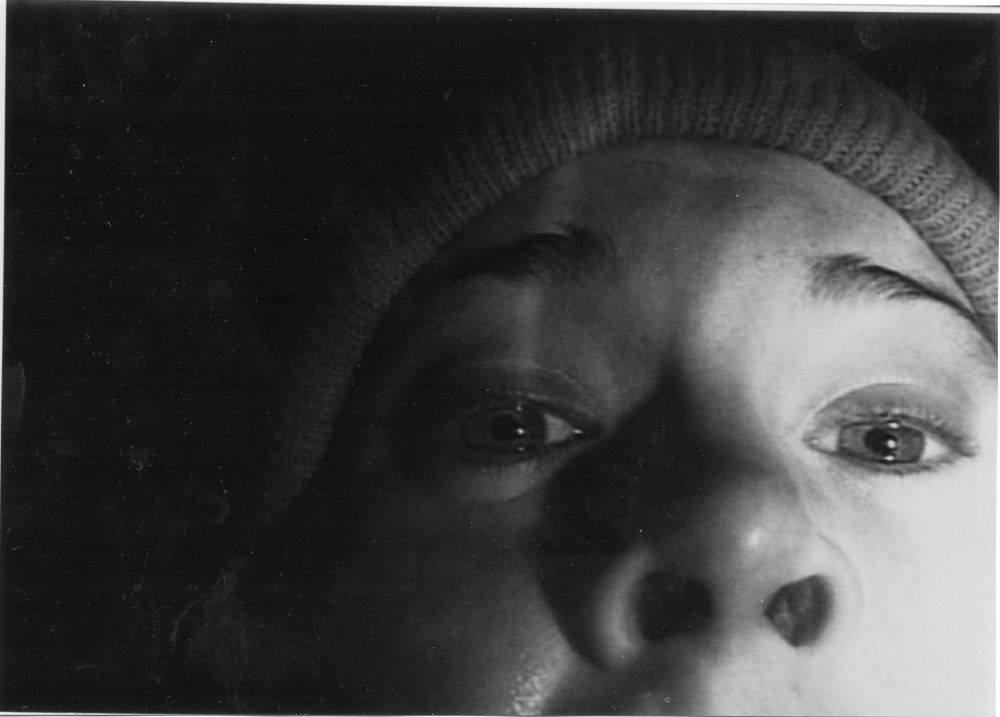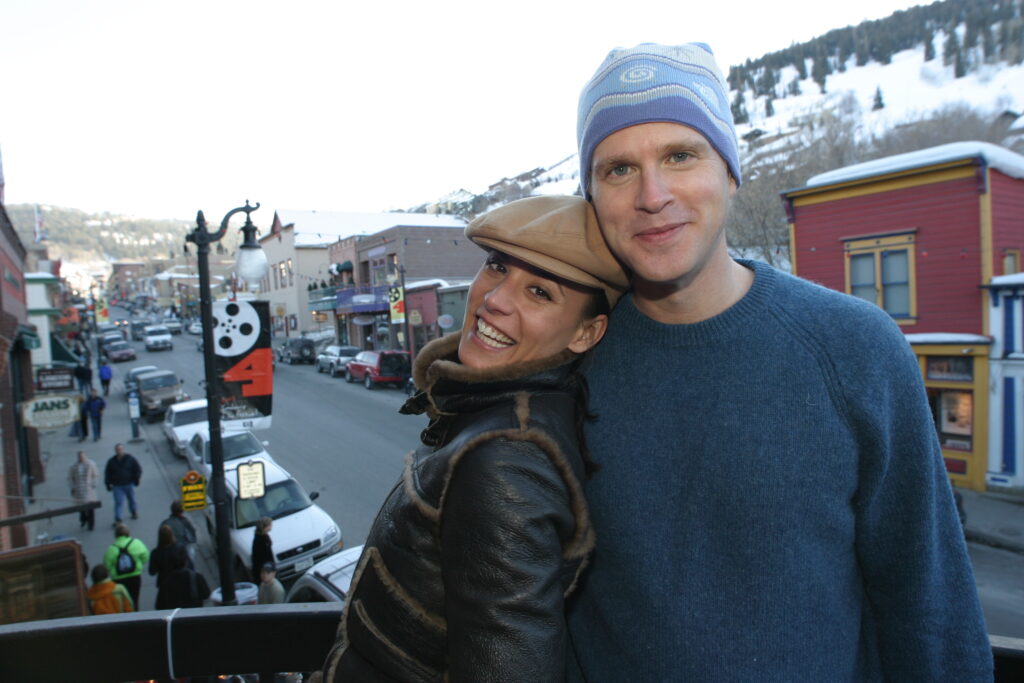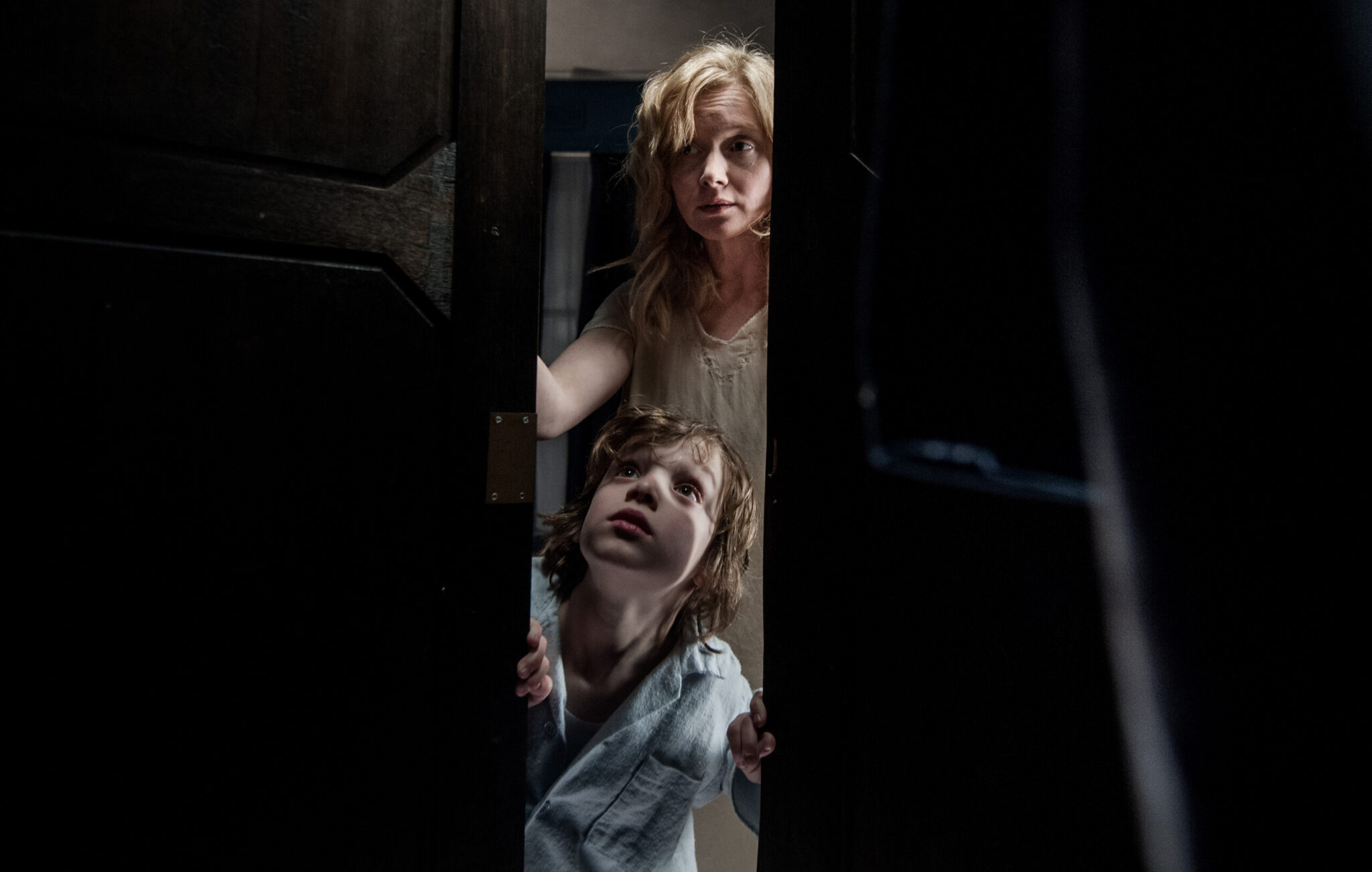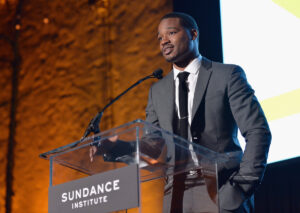By Carson Timar
The thin mountain air of Park City, Utah, is a perfect setting for sparks to grow into wildfires. There is something about the annual Sundance Film Festival that has allowed for the discovery and celebration of new talent that is unique compared to the other major film festivals throughout the year. Another unique facet of the festival is its inclusion of genre films. Outside of a handful of midnight selections, the horror genre has sadly taken the role of the ugly duckling in most film festivals and celebrations of the cinematic art form like the awards season. Sundance has long defied this notion, and instead has promoted horror as a key piece of the Festival’s identity.
In return, Sundance has become a foundational force in the development of the horror genre. The combination of no expectations plus cabin fever has allowed new horror features to blow up and explode with hype and energy. This force has historically continued past the Festival itself and is a leading reason why so many of the horror films that have debuted at the festival have continued their momentum into wide release to become defining editions in the wider horror genre. These films have even gone on to radically evolve the genre itself with the domino trail behind this push being traced back to the festival they debuted at.
Perhaps the most iconic example of this came in 1999 with the debut of The Blair Witch Project. Starting their groundbreaking use of the internet to build a cultural identity for the film the year prior, by the time the film premiered at the 1999 Sundance Film Festival it was the subject of mass attention. The filmmakers promoted the film as being real-found footage. The isolation of Sundance bred a hysteria that made the film one of the most talked about films of the Festival as a whole.
This buzz was crucial for this strange and innovative indie horror gem to get wide distribution and become the horror legend it is today. Without The Blair Witch Project, the found footage genre, which is still alive today, would be only a shell of what it currently is. Without the word of mouth from the Sundance Film Festival, The Blair Witch Project‘s fate would also look drastically different. Sundance gave a platform to prove the worth of the film which in return, revolutionized the genre.

Just a few years later in 2004, the Sundance Film Festival would again be responsible for an act of diastrophism within the horror genre with the debut of James Wan’s Saw. Yet another unique horror film that utilized a microscopic budget, Saw was seemingly destined for a small fate. Lionsgate even planned to release the film direct-to-video, but the Sundance Fest magic had something else to say. By programming the horror film, Sundance allowed the film to prove its own worth. With the buzzing energy of the festival and almost immediate praise in word of mouth, Saw played multiple times over the course of the Festival with a tremendous reaction that was strong enough for Lionsgate to switch their plan and release the film theatrically.
It is hard to imagine what the horror genre would look like today without Saw. Directly responsible for bringing the body horror genre into the zeitgeist across the 2000s and beyond, Saw has been cited as one of the most influential horror films of all time and without the platform, the Sundance Film Festival provided the film, there is a good chance the film would never have picked up traction and instead would have been doomed to be forgotten among the bottomless pit of lackluster direct-to-video horror features.
These examples speak to a disease within the horror genre. While it has already been mentioned how excluded the genre is from most larger conversations surrounding film, perhaps the most frustrating thing is how badly the genre itself suffers from this. Outside of sequels to established franchises or films by established horror filmmakers, studios have proven time and time again to reject taking a risk on independent original horror. Without a promise that the film has the capability to hook audiences and draw in mass numbers, the genre is often seen as a risk too big to gamble with. It is up to the smaller films themselves to prove themselves but with a lack of platforms, this task is nearly impossible. The Sundance Film Festival is a rare break in the clouds, its openness regarding the promotion of the independent horror genre gives these films this pedestal to stand on. The infectious nature of word-of-mouth at the Festival is the perfect setting for these films to shock audiences and get entire crowds desperate to see the feature they previously knew nothing about. It is a symbiotic relationship that is vital not just to these independent films, but to the horror genre at large. Sadly, even as independent horror blew up throughout the 2000s, things didn’t get much better for the genre. Still, Sundance continued to give its platform to these unique voices.

When one thinks of the modern horror genre, it is almost impossible to not think of the film distribution studio A24. Collecting an ensemble of modern horror directors who are actively defining the current horror genre’s identity, this result is once again tied directly to Sundance. Robert Eggers and Ari Aster both exploded onto the horror scene at the Sundance Festival with their films The Witch and Hereditary debuting at the Festival in 2015 and 2018, respectively. Both filmmakers were out to prove themselves and the attention each got at Sundance was enough to propel their careers and make them modern horror icons. The same can be said about Jordan Peele who launched Get Out at the Festival in 2016. These films immediately connected with the zeitgeist and each filmmaker has gone on to continue their career within the genre.
That is one of the best things about these success stories. While this handful of films might be impressive, when one looks at the larger scope of the filmmakers behind them, a more sizeable success is found. Without these initial films launching their careers and making their names mean something, there is a large chance that the dreams of James Wan, Robert Eggers, Ari Aster, and so on would cease to be seen on the big screen. There might never have been Insidious, The Conjuring, Malignant, Midsommar, The Lighthouse, and more. Without that first domino falling, the entire row won’t fall and these features could easily not exist which is tragic to think about.
While one might not always think of the Sundance Film Festival when they think of the horror genre, there is no mistake that the two are deeply intertwined. Horror fans know that Sundance is going to deliver unique and exciting horror voices and have come to love the Festival for this. The inclusion of genre filmmaking is one of the brightest points of the festival and clearly the horror genre has much to be thankful for from the festival. It is unimaginable to think of what the genre today might be like without the likes of The Blair Witch Project, Saw, The Witch, Get Out, or Hereditary; yet this world more than likely would have been a reality without the Sundance Film Festival.
Sundance Institute has supported and programmed some of your favorite horror films. Celebrate Halloween and be first in line to see the latest and greatest in horror this year at the 2023 Sundance Film Festival by becoming a member! Members get early access to reserve tickets for these films and more. Join now!







